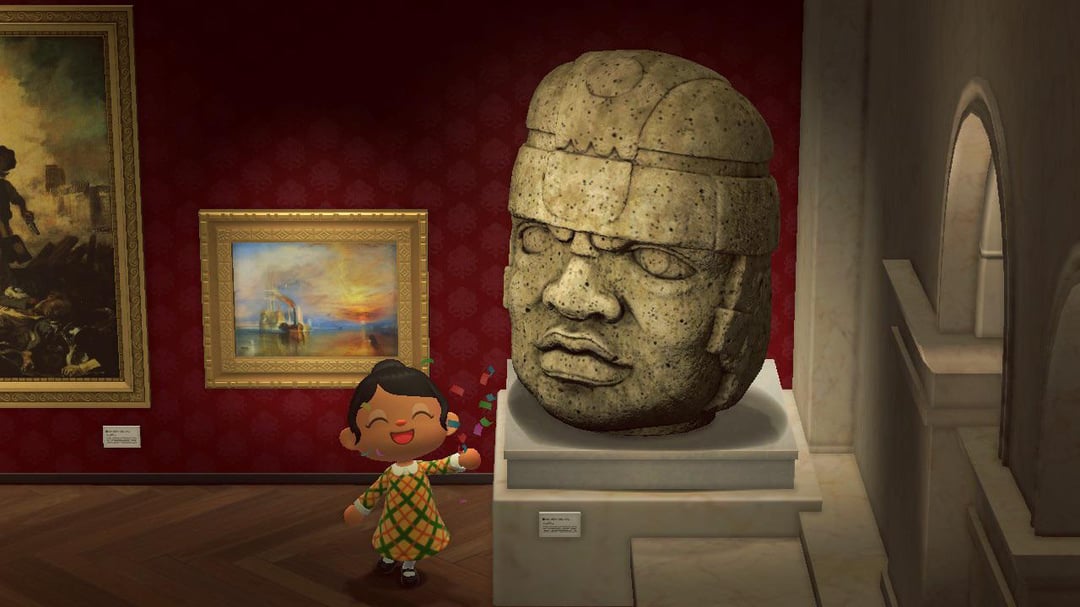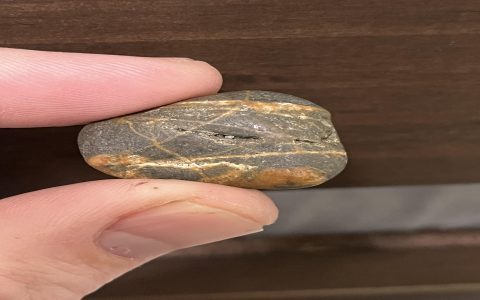Distinguishing authentic rock head statues from fakes or reproductions requires careful examination across multiple criteria. The complexity often necessitates expert evaluation, but understanding key indicators can provide initial insights.
Material and Physical Characteristics
- Geological Consistency: The type of stone (e.g., granite, sandstone, marble, basalt) should be appropriate for the claimed origin and period. Fakes may use incorrect or locally unavailable stone types.
- Weathering and Patination: Authentic statues exposed to elements over long periods develop a natural patina and weathering patterns. These should be consistent with the statue's purported age and environment. Artificial aging often appears superficial, uneven, or employs chemicals that leave tell-tale residues. Look for erosion in expected areas versus uniform "distressing."
- Tool Marks: Ancient carving techniques leave distinct tool marks. These can differ significantly from marks left by modern tools (e.g., power tools, standardized chisels). Microscopic analysis can reveal the nature of these marks. Fakes might exhibit overly regular, sharp, or anachronistic tool impressions.
- Inclusions and Alterations: Study any mineral inclusions, veins, or natural fissures within the rock. Observe how carving interacts with these natural features. Repairs or additions should also be scrutinized; modern adhesives or fillers are red flags.
Stylistic and Iconographic Analysis
- Artistic Conventions: The style, proportions, facial features, headdress, and any ornamentation should align with the known artistic conventions of the claimed culture and historical period. Deviations or amalgamations of styles from different periods or regions are suspicious.
- Craftsmanship Quality: While quality can vary in genuine antiquities, a masterfully executed fake can be deceptive. Conversely, a crudely made piece claiming to be from a sophisticated culture warrants scrutiny. Look for an understanding of anatomy and form consistent with the period.
- Iconography: Symbolic elements should be historically accurate and contextually appropriate. Misinterpreted or anachronistic symbols are indicators of a forgery.
Provenance and Documentation
- Chain of Ownership: A verifiable history of ownership (provenance) is crucial. This includes previous collections, excavation records (if applicable), sales receipts, and exhibition history. Gaps or unverifiable claims weaken authenticity.
- Expert Appraisals and Publications: Previous scholarly analysis, inclusion in reputable publications, or museum exhibitions lend credibility. However, even experts can be deceived, and fakes have occasionally infiltrated collections.
Scientific Testing
- Material Analysis (Advanced): Techniques like X-ray Fluorescence (XRF) can determine elemental composition, which might reveal modern pigments or treatments. Petrographic analysis can precisely identify the stone and its likely geological origin.
- Surface Analysis: Scanning Electron Microscopy (SEM) can examine surface features, tool marks, and weathering at a microscopic level to differentiate natural aging from artificial processes.
- Dating Limitations: Direct dating of most rock types is generally not feasible for archaeological timescales. However, any associated organic material (e.g., in fill, repairs, or original context if excavated) could potentially be radiocarbon dated. Thermoluminescence dating is applicable to fired materials like ceramics often found with statues, but not directly to unheated stone.
Common Indicators of Forgeries:

- Unnatural or uniform "aging" effects (e.g., consistent staining, evenly distributed pitting).
- Presence of modern tool marks or techniques (e.g., electric drill holes, saw marks with parallel striations).
- Stylistic inconsistencies, anachronisms, or misunderstood cultural motifs.
- Use of incorrect materials for the period or region, or the presence of modern repair substances like epoxy resins or cement.
- Lack of credible provenance or a fabricated, easily disproven history.
- Suspiciously "perfect" condition for an alleged ancient object, or conversely, deliberately excessive and artificial damage to feign age.
- Inconsistencies between the story of discovery and the object's physical state or material composition.
Ultimately, authenticating rock head statues is a multidisciplinary effort. When in doubt, consulting with experienced archaeologists, art historians specializing in the relevant culture, and conservation scientists with expertise in stone analysis is highly recommended.










